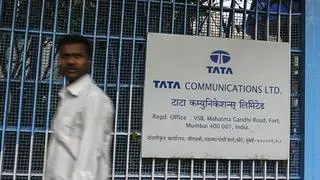Market regulator SEBI (Securities and Exchange Board of India) last week introduced T+1 settlement cycle for share transactions. Notably, the settlement cycle was shortened from T+3 to T+2 in April 2003.
Listen to the podcast
While the implementation date is January 1, 2022, SEBI is flexible in the sense that the shortening of the settlement cycle is not mandatory but optional for the stock exchanges. The choice of scrips that are offered under T+1 settlement is also left to the choice of the exchanges. But there are some guidelines to be followed. That is, if an exchange chooses a scrip to offer T+1 settlement, it should come with an advance notice of one month.
Also, if the exchange brings a scrip under T+1 settlement cycle, it must remain so mandatorily for a period of six months. Thereafter, if the exchange wants to shift back to T+2, it is permitted with an advance notice of one month. But if one exchange opts for T+1 cycle and another exchange offers only T+2 settlement for the same stock, liquidity can move towards the one offering T+1 settlement. However, there will be challenges with respect to readying the necessary infrastructure by all stakeholders.
Nevertheless, this can be a boost for retail traders as the new measure is expected to improve liquidity. Simply put, the liquidated stock that would be supplied on the second day (with existing set-up) will be available to the market on the next day if someone sells. Importantly, netting between T+1 and T+2 shall not be allowed.
Send your queries to derivatives@thehindu.co.in









Comments
Comments have to be in English, and in full sentences. They cannot be abusive or personal. Please abide by our community guidelines for posting your comments.
We have migrated to a new commenting platform. If you are already a registered user of TheHindu Businessline and logged in, you may continue to engage with our articles. If you do not have an account please register and login to post comments. Users can access their older comments by logging into their accounts on Vuukle.